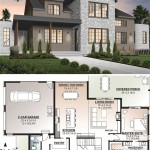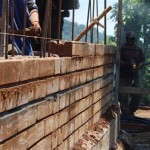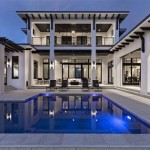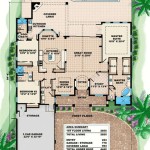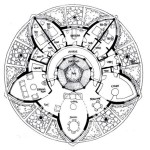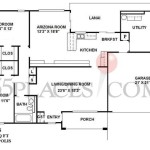Dutch Gambrel House Plans: A Timeless Architectural Gem
Dutch Gambrel houses, with their distinctive curved roofs and charming facades, have captured the hearts of homeowners and architects alike for centuries. Originating in the Netherlands, these houses have found their way to various parts of the world, including the United States, where they continue to grace neighborhoods with their timeless beauty.
If you're considering building or renovating a Dutch Gambrel house, understanding its essential aspects is crucial. Here's a comprehensive guide to help you navigate the unique characteristics of these architectural wonders.
Distinctive Roofline
The most striking feature of a Dutch Gambrel house is its curved roofline. This roofline consists of two sloping sides with a gentle curve that meets at a central ridge. This design not only adds visual interest but also allows for more usable space in the attic, often referred to as a "half story." The curved roof also provides excellent protection from the elements.
Gable Windows
The gabled windows, or "dormers," are another defining element of Dutch Gambrel houses. These windows are recessed into the roof and typically have a rectangular or arched shape. They provide natural light to the upper level and add character to the facade. The dormers are often adorned with decorative trim or shutters, further enhancing the visual appeal.
Brick or Stone Exterior
Dutch Gambrel houses are traditionally built with brick or stone exteriors. These materials give the houses a solid and stately appearance, while also providing excellent durability and weather resistance. The brick or stone facades are often laid in a Flemish bond pattern, adding a touch of elegance to the exterior.
Central Chimney
A central chimney is a common feature of Dutch Gambrel houses. The chimney serves a practical purpose of venting smoke and fumes from fireplaces and stoves. However, it also adds a touch of symmetry and balance to the facade, further enhancing the overall aesthetics.
Interior Features
Inside, Dutch Gambrel houses typically feature spacious rooms with high ceilings. The curved roofline creates a feeling of volume in the upper-level rooms, making them ideal for bedrooms or living areas. The houses often have wide plank floors, fireplaces, and built-in cabinetry, exuding a sense of warmth and charm.
Variations in Design
While Dutch Gambrel houses share many common characteristics, there are subtle variations in design depending on the region and era in which they were built. For instance, some houses may have a front porch or a gambrel roof that extends over the front entrance. Others may have different window styles or decorative elements. These variations add to the unique charm and individuality of each Dutch Gambrel house.
Conclusion
Dutch Gambrel houses are architectural masterpieces that have stood the test of time. Their distinctive curved roofs, gabled windows, brick or stone exterior, and central chimney create a timeless charm that continues to captivate homeowners and architects alike. Whether you're building or renovating a Dutch Gambrel house, understanding its essential aspects will help you preserve and enhance the beauty and functionality of this architectural gem.

Home Plan Dutch Colonial C 1923 L Bowes 12322 B House Plans Exterior

Style Spotting On Main Street Part 2 Dutch Colonial House Plans

1930 Practical Homes Colonial House Plans Dutch

Dutch Colonial Revival House Plan Design 14134 B 1925 C L Bowes Co Plans Homes

1923 Dutch Colonial Revival Gambrel Roof Morgan No 39 A

1923 Dutch Colonial Revival Gambrel Roof Morgan Building With Assurance Catalog No 47 A House Plans Style

Dutch Colonial Stone House Gambrel Roof Design Printed Architectural Plans

1935 Dutch Colonial Revival House Plan Ladies Home Journal Gambrel Roof

1922 Clarendon By Bennett Homes Dutch Colonial Revival Style Gambrel Roof Kit Houses House Plans

Dutch Colonial Revival 1916 Rembrandt International Mill Timber Sterling System Homes Gambrel Roof



